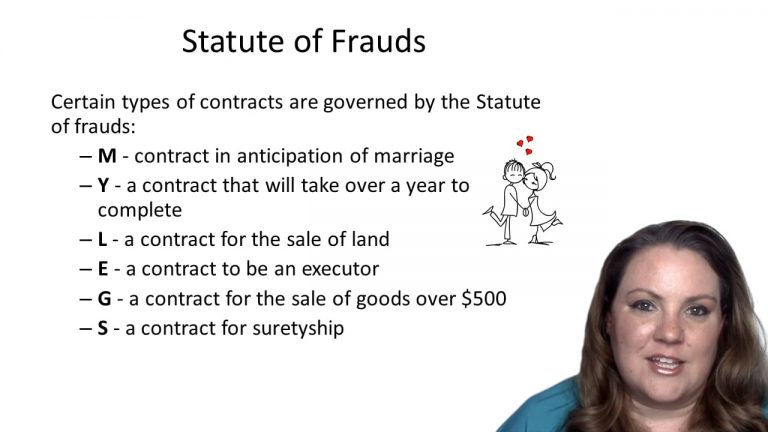SmartBrief
Confirm favorite deletion?
Contracts Keyed to Calamari
Ehrlich v. Diggs
Citation:
169 F.Supp.2d 124Facts
In 1993, David Ehrlich (plaintiff) was hired to manage the musical group the Gravediggaz pursuant to an oral agreement (hereinafter “management agreement”) that was never put into writing. Ehrlich alleges that pursuant to the management agreement, he was to receive fifteen percent of the gross earnings of the Gravediggaz and each of its members. The management agreement was terminable by either party at any time. In 1996, Robert Diggs (defendant), a member of the Gravediggaz, entered into a written contract as a solo recording artist. Ehrlich sued Diggs, seeking a portion of Diggs’ earnings. Diggs moved to dismiss the lawsuit and, in the alternative, for summary judgment, contending that Ehrlich’s claims were barred by the statute of frauds.
Only StudyBuddy Pro offers the complete Case Brief Anatomy*
Access the most important case brief elements for optimal case understanding.
*Case Brief Anatomy includes: Brief Prologue, Complete Case Brief, Brief Epilogue
- The Brief Prologue provides necessary case brief introductory information and includes:
Topic:
Identifies the topic of law and where this case fits within your course outline.Parties:
Identifies the cast of characters involved in the case.Procedural Posture & History:
Shares the case history with how lower courts have ruled on the matter.Case Key Terms, Acts, Doctrines, etc.:
A case specific Legal Term Dictionary.Case Doctrines, Acts, Statutes, Amendments and Treatises:
Identifies and Defines Legal Authority used in this case.
- The Case Brief is the complete case summarized and authored in the traditional Law School I.R.A.C. format. The Pro case brief includes:
Brief Facts:
A Synopsis of the Facts of the case.Rule of Law:
Identifies the Legal Principle the Court used in deciding the case.Facts:
What are the factual circumstances that gave rise to the civil or criminal case? What is the relationship of the Parties that are involved in the case.Issue(s):
Lists the Questions of Law that are raised by the Facts of the case.Holding:
Shares the Court's answer to the legal questions raised in the issue.Concurring / Dissenting Opinions:
Includes valuable concurring or dissenting opinions and their key points.Reasoning and Analysis:
Identifies the chain of argument(s) which led the judges to rule as they did.
- The Brief Prologue closes the case brief with important forward-looking discussion and includes:
Policy:
Identifies the Policy if any that has been established by the case.Court Direction:
Shares where the Court went from here for this case.

 15m 32s
15m 32s